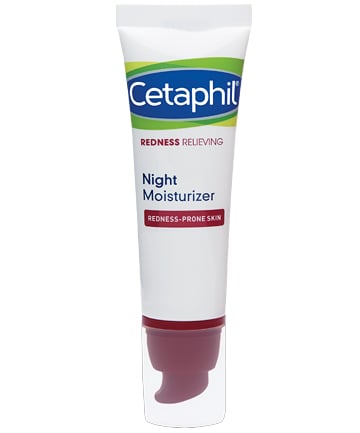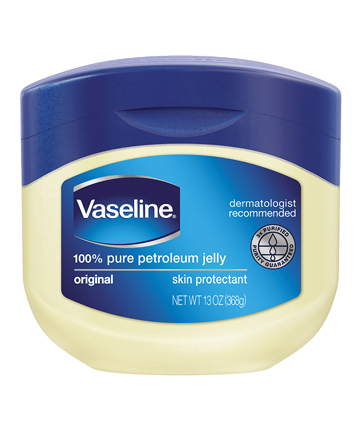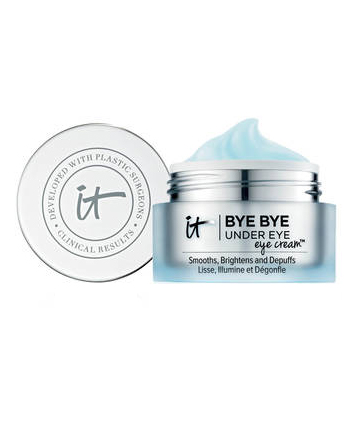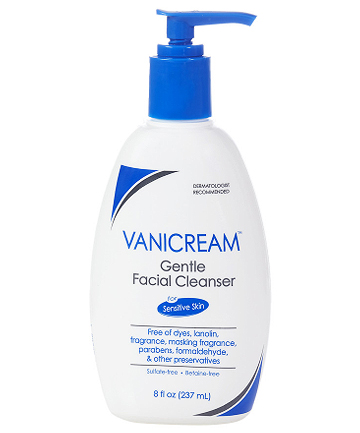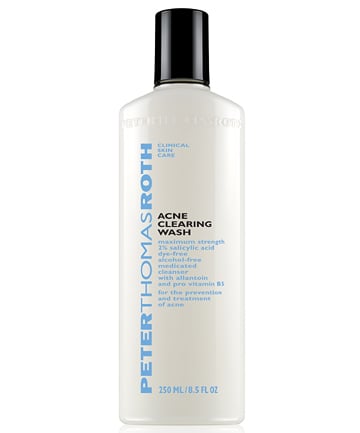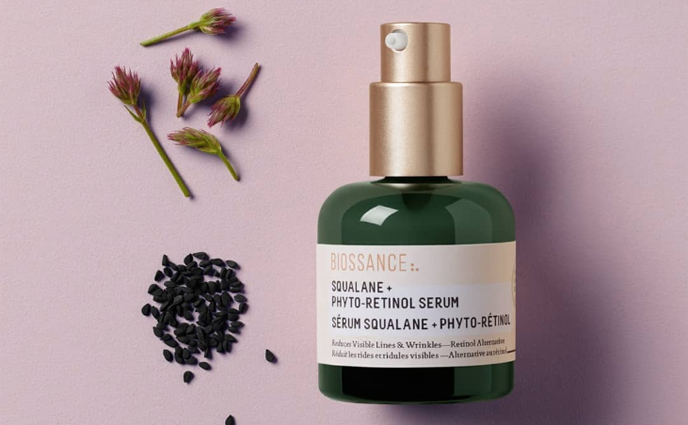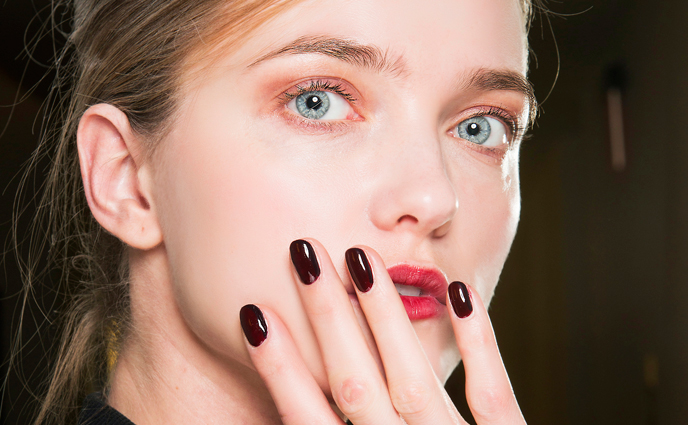This is a hard one because there can be many causes of redness on the face, but short of getting to a doctor to identify the cause of the redness (which is advised), you’ll want to calm the redness right way. Levin recommends using products with calming ingredients that won’t inflame the skin, like Cetaphil Redness Relieving Night Moisturizer, $9.69, before bed and be sure to use a sunscreen when out and about during the day. She also recommends using products containing niacinamide, a Vitamin B3 with excellent calming properties.
How the cut or bruise got there isn’t as important as how you handle its immediate care (save the story for brunch with your friends) because handling cuts on the face isn’t like handling abrasions on the rest of your body. “Definitely avoid over-the-counter antibiotic ointments like Neosporin on a face cut: triple antibiotic ointments are a common cause of allergies on the skin,” Levin warns. “All you need to do is wash the area with a gentle cleanser to make sure it’s clean and free of any debris, then apply a thin layer of a greasy ointment like Vaseline Original Petroleum Jelly, $1.67, followed by a physical sunscreen to protect it from the sun.”
Sometimes it’s allergies, but lack of sleep mixed with salty, dehydrating foods and/or alcohol can also cause all sorts of problems the next day: fluid retention under the eyes possibly mixed with dilated blood vessels can make for undereye bags and dark circles. It’s not good, but it can be resolved.
Taking an allergy medication like Zyrtec the night before can help with so-called “allergy eyes,” but in all these cases, Levin recommends throwing some hydration at the problem in the way of a super-moisturizing eye cream to handle your undereye problem — and there’s a particular solution for those dark circles. “Caffeine is one of my favorite ingredients in eye creams that helps constrict blood vessels so you don’t have that swelling underneath the eyes,” Levin says. IT Cosmetics Bye Bye Under Eye Eye Cream, $48, is a great solution.
You probably already figured this out, but the first thing to do is to stop using whatever’s causing the problem. Then get that area clean as quickly as possible. Levin recommends using a gentle cleanser first, like Vanicream Gentle Facial Cleanser, $8.99, then apply an over-the-counter cortisone cream to the area having the allergic reaction, then apply a moisturizer and sunscreen.
Also, she recommends avoiding anything irritating while you’re having a reaction, like exfoliating ingredients, retinoids and certain antioxidants like Vitamin C, which can make matters worse. She recommends switching over to a gentle cleanser, a good moisturizer and a good sunscreen until things calm down.
If you have oily skin, you know how disconcerting it can be to wake up with a face that kind of feels like an oil slick. Levin advises using a good oil-free cleanser, like a salicylic wash or alpha-hydroxy acid wash, but take heed: don’t go overboard by washing and toning and slathering on acne medicine. One of the great misconceptions of oil-prone skin is that the skin is “dirty,” so that tendency to overclean kicks in but that can further irritate your skin, which just sends your oil glands into overdrive. “Just use an appropriate acne-appropriate cleanser along with a light moisturizer and you’re good to go,” Levin says. We’re fans of Peter Thomas Roth Acne Clearing Wash, $38.


